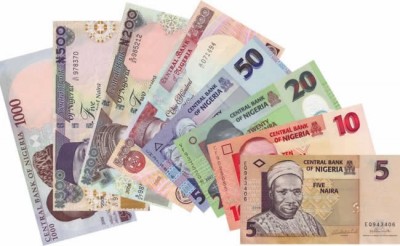
•The war against fake drugs must be reinvigorated
In 2011, the World Health Organization (WHO) claimed that about 64 per cent of all anti-malarial drugs consumed in Nigeria were fake. It is truly tragic that some five years later, this lamentable situation is substantially unchanged.
The use of drugs that are substandard, spurious, falsely labelled, falsified and counterfeit (SSFFC) is one of the country’s major challenges. It hampers progress in healthcare delivery, increases mortality rates and the prevalence of drug-resistant infections, cripples legitimate pharmaceutical enterprises, and strengthens organised crime.
In the specific case of malaria, counterfeiting is a particularly problematic issue. Malaria is by far the nation’s biggest killer, accounting for some 300,000 fatalities annually, in addition to resulting in the loss of millions of man-hours lost to ill-health. Fake anti-malarial drugs simply worsen an already-bad situation.
During the late Professor Dora Akunyili’s leadership of the National Agency for Food Drug Administration and Control (NAFDAC), a sustained campaign against the fake drug menace resulted in impressive victories. Counterfeit drugs were reduced from 40 per cent of the market in 2001 to 16.7 per cent in 2005.
Much of her success came from a strategy which combined a relentless information campaign on the dangers of fake drugs, a preparedness to identify, confiscate and destroy them regardless of where they were found, and increased cooperation with the authorities of countries like India and China, which are the biggest sources of fake drugs.
It appears that Akunyili’s successors at NAFDAC have not been able to apply the same tactics with a similar measure of success. Fake drugs are still being imported into the country, despite the agency’s deployment of Truscan scanning technology at the nation’s ports. Markets that were hitherto notorious for selling fake drugs are allegedly witnessing a resurgence in sales. Increased access to sophisticated printing technology has made it easier for counterfeiters to produce drugs that look no different from their authentic counterparts.
If Nigeria is to regain the initiative in the anti-fake drugs war, one of the things it must do is to intensify Professor Akunyili’s tactic of taking the battle to producing nations. It is widely believed that Nigerian businessmen instruct manufacturers in these countries to produce drugs with reduced active ingredients, which they then import into the country.
If this is true, it speaks to weak regulation in producing countries, since the deliberate manufacture and export of substandard products is patently unlawful. NAFDAC must liaise with its opposite numbers in countries where the worst offenders are found, and jointly develop strategies that make it much harder for unscrupulous businessmen and unethical manufacturers to produce and export fake drugs.
Then there is the need to resuscitate the agency’s information and education campaign. Nigerians must be reminded again of the danger of fake drugs, educated on how to discover them, and instructed on what to do when they find them. When the general populace understands that the war against fake drugs is theirs, rather than the agency’s, it will become easier to prosecute.
NAFDAC must also strengthen its ties to relevant stakeholders, especially the medical and pharmaceutical associations, drug importers and retailers, and the law enforcement agencies. Regular raids of markets and shops must be carried out; offenders should be promptly prosecuted and organisations implicated should be publicly blacklisted.
The agency should also be looking in the direction of those marketing miracle cures via radio, television and online. Far too many drugs are being pushed as panaceas capable of curing dozens of ailments, and often enjoy prime-time slots on air.
Nigeria’s war against fake drugs is as vital as any other campaign it has fought. Winning it will guarantee millions of citizens healthy, happy and productive lives.
END

Be the first to comment